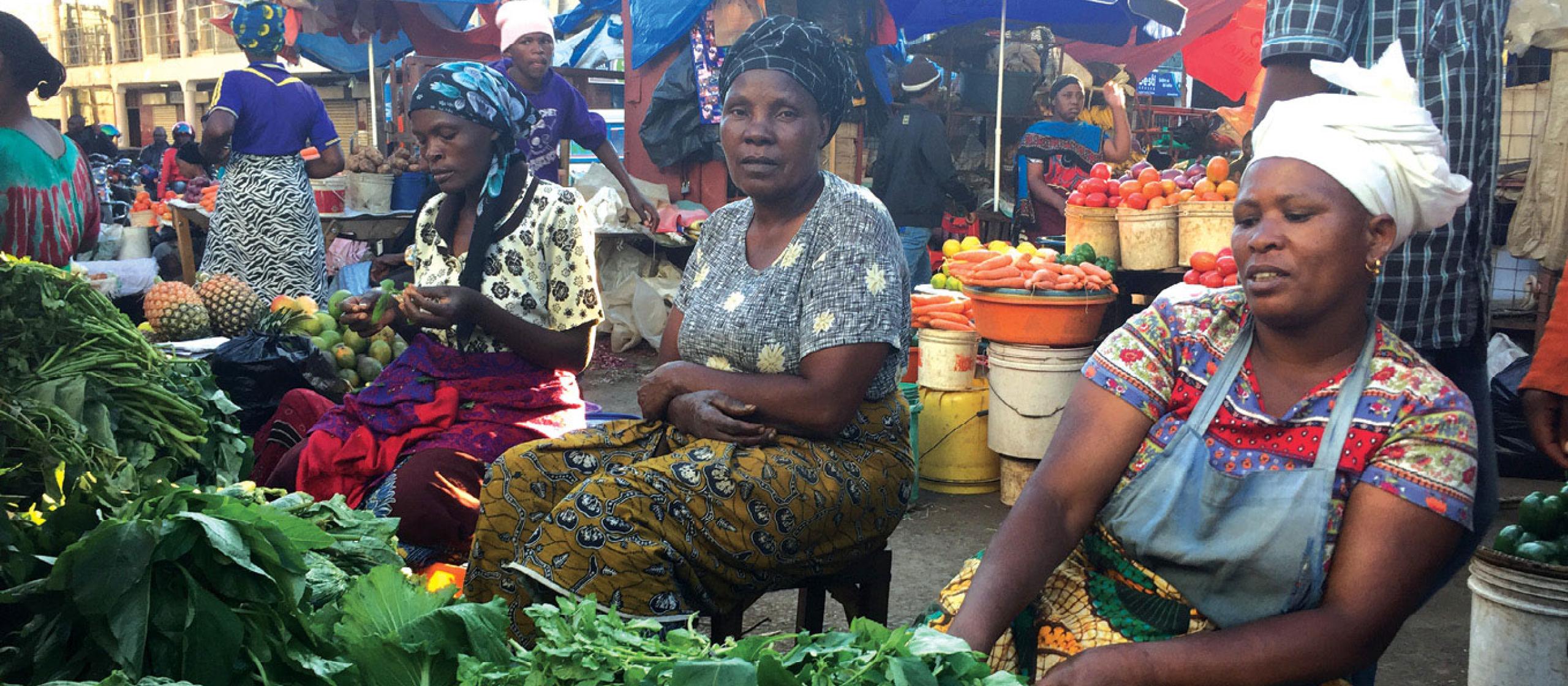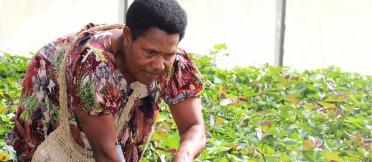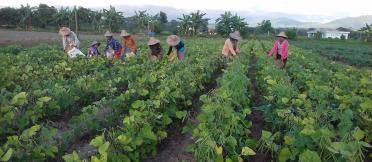- HomeHome
-
About ACIAR
- Our work
- Our people
-
Corporate information
- ACIAR Audit Committee
- Commission for International Agricultural Research
- Policy Advisory Council
- Agency reviews
- Executive remuneration disclosure
- Freedom of information (FOI)
- Gifts and benefits register
- Information publication scheme
- List of new agency files
- Contracts
- Legal services expenditure
- Privacy impact assessment register
- Commonwealth Child Safe Framework
- Benefits to Australia
- Careers
- 40 years of ACIAR
-
What we do
- Programs
- Cross-cutting areas
- Resources
- Where we work
-
Funding
- Research projects
- Fellowships
-
Scholarships
- John Allwright FellowshipScholarships to study in Australia for ACIAR partner country scientists to have Australian postgraduate qualifications
- ACIAR Pacific Agriculture Scholarships and Support and Climate Resilience Program
- Alumni Research Support Facility
- Publications
- News and Outreach
Date released
01 July 2021
World Veg is an international non-profit research institute committed to helping smallholder farmers and local communities in developing countries increase vegetable production. It also works to make nutritious vegetables available and affordable for consumers.
‘Globally, almost a billion people suffer chronic malnutrition, and about two billion have micronutrient deficiencies,’ says Dr Roland Schafleitner, who leads the vegetable diversity and genetic improvement program at WorldVeg. ‘At the same time, approximately two billion people are overweight.
‘Fresh fruit and vegetables provide fibre, some protein and many of the essential micronutrients—vitamins, minerals and antioxidants—needed for a healthy, balanced diet.’
As well as alleviating malnutrition, improved vegetable production systems and innovative ways to trade, process and market produce can provide new income opportunities for smallholder farmers (especially women and young people) and reduce the environmental impact of farming.
‘You can earn more money with a hectare of vegetables than with a hectare of rice or wheat,’ adds Dr Schafleitner. ‘Vegetables are a pathway out of poverty.’
Biodiversity bank
WorldVeg maintains vegetable biodiversity by conserving genetic material—mostly in the form of seeds—from widely available vegetables like tomatoes, capsicums, eggplants and cucurbits as well as traditional vegetable species and wild crop relatives.
This genebank is the world’s largest public-sector facility of its kind, with around 70,000 accessions of 440 plant species from more than 150 countries. It enables WorldVeg researchers to identify new plant traits—such as resistance to diseases or tolerance to heat—that could potentially be incorporated into improved crop varieties.
Agronomists test the new varieties in different environments to select the best performers, which are then scaled out to different regions and countries with the help of public-sector partners like ACIAR and private-sector partners such as seed companies.
WorldVeg has initiated programs to diversify food systems in parts of Africa through promoting traditional leafy vegetables, such as amaranth, African nightshade, spider plant and Ethiopian mustard.
Dr Schafleitner says such crops—often richer in iron, calcium and pro-vitamin A than commonly used vegetables such as white cabbage—can be more valuable to local communities than tomatoes and other conventional crops.
‘Traditional vegetables like amaranth or sweetpotato also often have two or more uses. The leaves can be used like spinach, the seed as grain or the root as a starchy staple.’
An example is ACIAR-supported research, completed in 2019, to promote traditional vegetable production and consumption for improved livelihoods in Papua New Guinea (PNG) and northern Australia.
‘Our work is often about conserving local germplasm and training local scientists in germplasm conservation,’ says Dr Schafleitner.
‘With urbanisation, and changes in land use and climate, we lose more species. Once they are lost, we cannot bring them back. This is why local germplasm conservation is very important.’
Disease-resistant tomatoes and chillies
ACIAR supports ongoing WorldVeg initiatives such as the International Mungbean Improvement Network and specific projects such as the development of disease-resistant tomatoes.
Through a WorldVeg/ACIAR project initially based in Vietnam researchers developed a technique to graft good-eating tomato varieties onto tough disease-resistant rootstock, making the plants resistant to bacterial wilt.
The technique boosted crop yields, increased farm profitability and provided new agribusiness opportunities for the supply of grafted plants. It is now being promoted and implemented in other countries.
Funding from ACIAR and other WorldVeg partners has led to the development of more robust, disease-resistant chillies and capsicums.
Through screening hundreds of pepper accessions, WorldVeg identified a standout variety resistant to damaging viruses from the Begomovirus genus. The variety is currently being trialled in India.
Less pesticide, more colour
Dr Ramakrishnan Nair—WorldVeg Regional Director for Central and South Asia—says the use of integrated pest management practices is essential for safe, sustainable food production.
‘Smallholder farmers will spray too much because they’re trying to avoid risk,’ says Dr Nair. ‘The label might recommend spraying twice, but they might spray the crop eight times.
‘So we educate them about safe pest management practices to reduce pesticide use. This also reduces the cost of production, increasing income.’
The mungbean program
Dr Nair is often asked why WorldVeg undertakes mungbean research, given that grain and legume research is carried out by CGIAR and other institutes.
‘It’s a long story!’ says Dr Nair. ‘Basically, mungbean was overlooked in the early days of CGIAR. But the crop was also used in the sprout industry, particularly in South-East Asia, so it was decided that WorldVeg would work on mungbean.
‘It’s a major crop, particularly in India, Pakistan, Bangladesh and Myanmar. With ACIAR’s help our International Mungbean Improvement Network is making mungbean even stronger.’
More information: World Vegetable Centre.
Women sell traditional leafy green vegetables at a market in Arusha, Tanzania—WorldVeg focuses on increasing the production and availability of nutritious vegetables. Photo: WorldVeg.
Key points
- Vegetables can generate more income than other crops per hectare, and they are very nutritious.
- WorldVeg is increasing the diversity of vegetables produced by smallholder farmers.
- It also aims to ensure vegetables are accessible and affordable to local communities.





